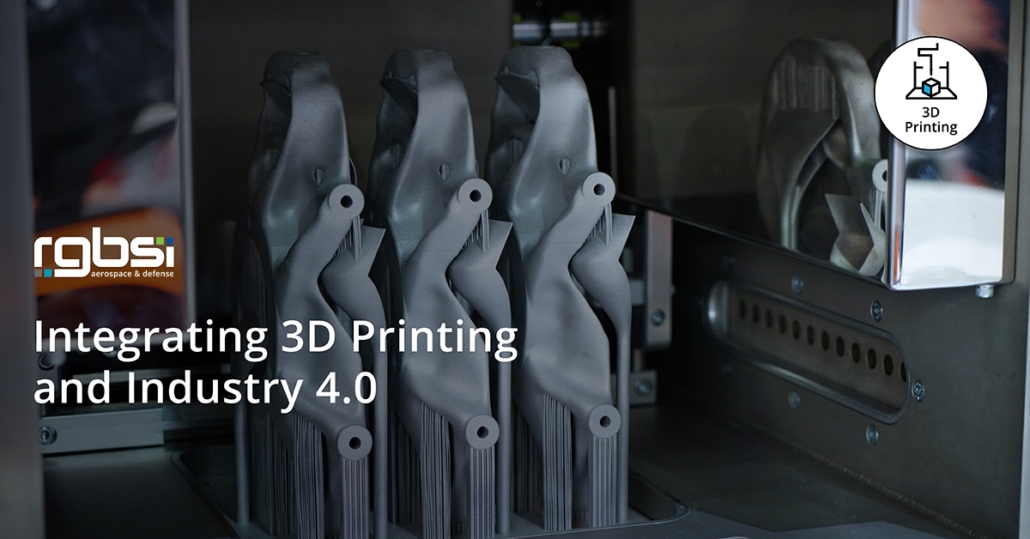Also known as additive manufacturing, 3D printing refers to the manufacturing of objects by computer-controlled robots that deposit layers of material to form an object from a computer-aided design (CAD). In Industry 4.0, powerful 3D software known as generative design is used by companies in aerospace and automotive industries to redesign products with less material and more complex geometry, thereby improving efficiency. These 3D models partially generated by generative design software (which uses elements of AI) have geometry of such a complicated nature that they cannot be manufactured using traditional methods of manufacturing.
Traditional methods of manufacturing industrial parts generally fit under the umbrella term of subtractive manufacturing. Subtractive manufacturing refers to CNC (computer number control) machining. Instead of adding layers of material like additive manufacturing, subtractive manufacturing removes material from solid chunks. Compared to additive manufacturing, subtractive manufacturing is effective because it does not waste source material during operation.
Why do companies use industrial 3D printing systems?
For industrial job shops that manufacture products with a high degree of customization, the ROI of industrial 3D printing systems are self-evident. The demand for low volume batches of customized prototypes, tools, molds, and workholding solutions (fixtures and jigs) with unique and complicated geometry increases in global industries.
Specialized machine shops have custom industrial orders for parts or jigs or fixtures that they have to fill for big companies in automotive and aerospace. Sometimes niche subcontractors will purchase an additive manufacturing system for in-house completion of orders, and other times they will seek out the help of other companies.
Industrial manufacturers who need industrial additive manufacturing systems can either use a 3D printing service provider, or they can buy an in-house system, depending on the frequency and depth of their needs. For a few recurring one-off jobs, a 3D printing service provider might suffice. However, if their ROI calculation (material costs, volume costs, skill level of their designers and engineers, recurring orders) has a big enough margin, they’ll take the latter choice for an in-house system.
It may be confusing for manufacturing companies new to Industry 4.0 to know where to begin. Luckily, there are specialized, high-end industrial additive manufacturing consulting companies experienced with implementing 3D printing at every stage of the supply chain.
How does Industry 4.0 use 3D printing?
Figuring out when and how to use industrial additive manufacturing requires a great deal of research. Fortunately, some companies offer 3D printing services that help streamline the process. For example, certain companies provide searchable databases to help manufacturers understand how 3D printing can effectively reduce expenses at any given point along their supply chain.
3D printing systems are heavily adopted in the pre-production phase of manufacturing. This allows manufacturers to mitigate risk for production tooling without jeopardizing the design change.
In addition, such technology applies to in-machinery usages. Low volume, highly customized products are considered as the sweet spot in 3D printing.
As 3D printing continuously evolves, it will become closer to mass production capabilities. Product scalability will begin to shift as 3D printing enables digital transformation and product innovation. With flexibility, 3D printing can facilitate knowledge sharing across the supply chain and between companies of different areas of expertise. This will enable collaborative manufacturing with production capacities.





RGBSI Launches Aerospace & Defense Entity and Names President
Business ConsultingWhat is Predictive Maintenance?
Advanced Manufacturing, Systems and TechnologiesCloud Computing as the Foundation of Industry 4.0
Supply Chain Optimization, Systems and Technologies